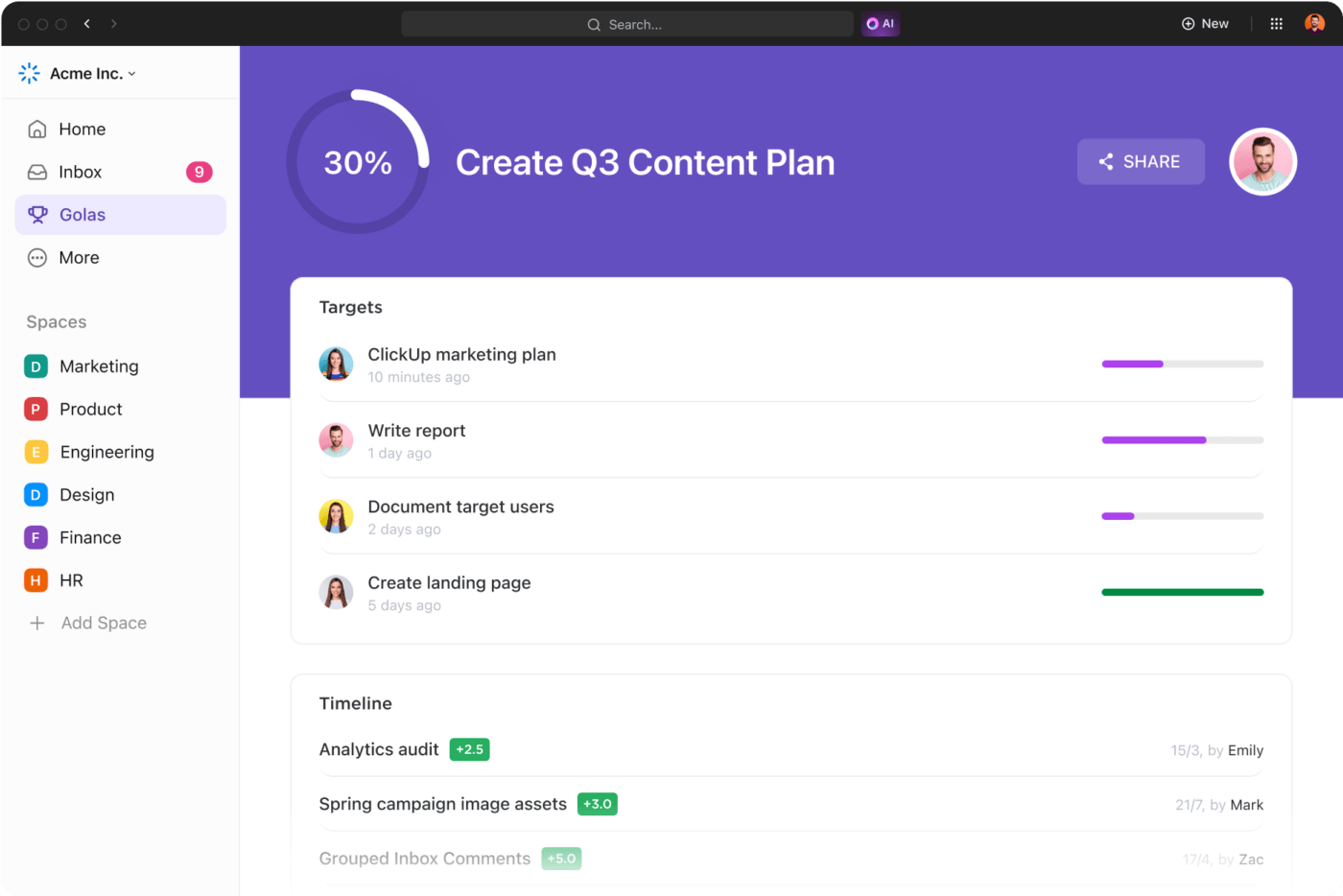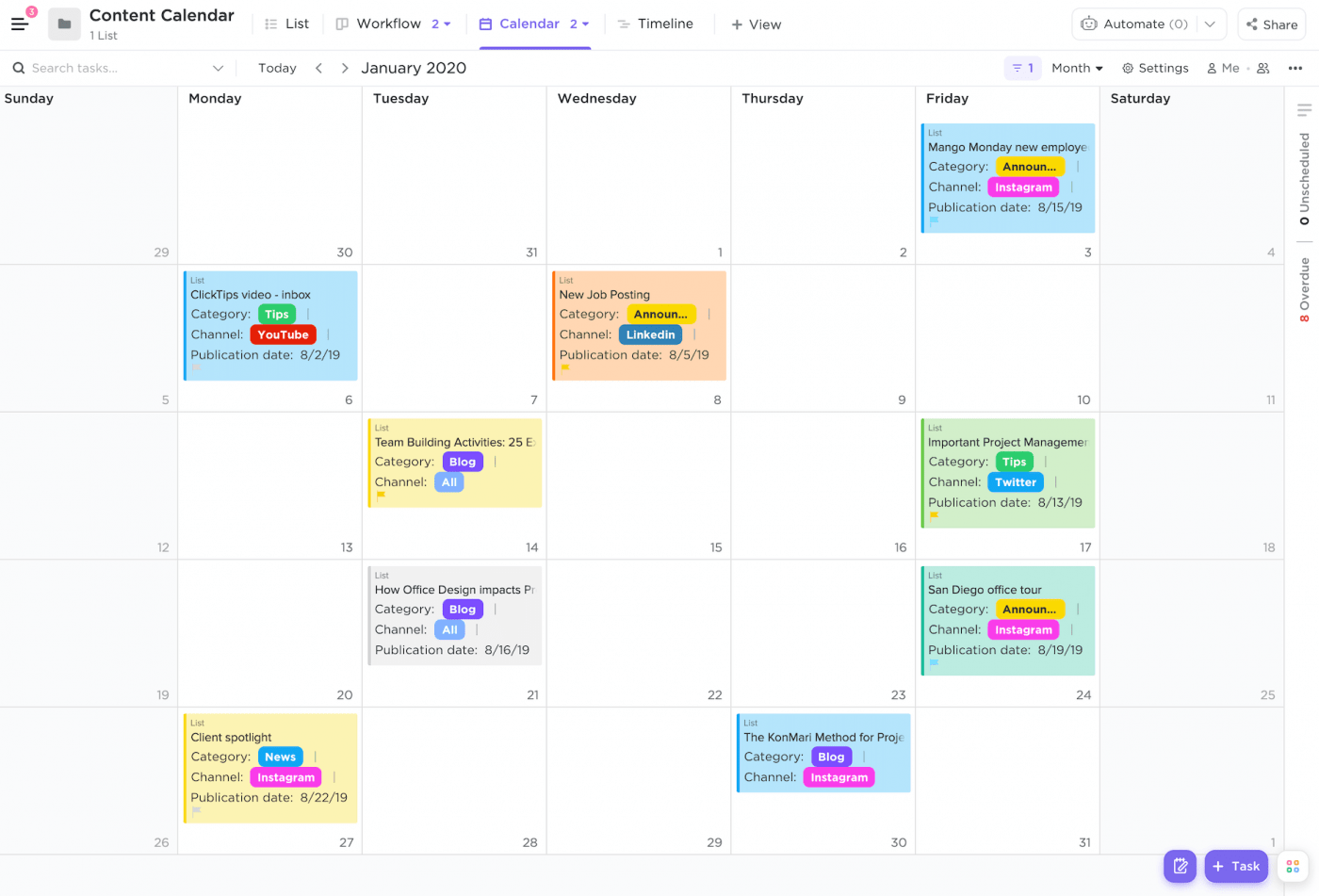From Forming to Performing: Mastering the Forming Stage of Team Development

Sorry, there were no results found for “”
Sorry, there were no results found for “”
Sorry, there were no results found for “”
Becoming a part of a new team or organization is like stepping into a whole new world. The feeling of uncertainty and inhibition compounds when your entire team is starting afresh.
The idea of fitting into a brand-new group sounds overwhelming but can be easily navigated under the right leadership.
Known as the Forming Stage in Bruce Tuckman’s Model of Team Development, this initial phase is crucial for building a strong and cohesive team. It’s a stage to form connections, break down barriers, build trust, and gear up for future success.
The forming stage lays the foundation for a healthy and productive team environment, where group members are ready to take on challenges and achieve the team’s goals.
Let’s take a look at how you can master the forming stage for organizational excellence!
Before diving deeper into the forming stage and its importance, let’s start by understanding Tuckman’s stages of group development.
Proposed by psychologist Bruce Tuckman in 1965, Tuckman’s theory or model illustrates the natural progression of team development across different phases. He proposed that the evolution of a team goes through five stages of team development: forming, storming, norming, performing, and adjourning.
Here’s what these stages of team development signify:
The forming stage is the first stage. This is where team members come together and begin establishing rapport, assigning roles, and setting expectations. Being the first of the earlier stages, it is marked by uncertainty, cautiousness, and leader dependence.
Some of the key features of the forming stage include:
The next stage, the storming stage, is when the gloves come off, and the claws are out. You’ll notice a shift in team dynamics, with conflict, competition, and resistance getting in the way of the team’s goals. Each team member will attempt to assert themselves and challenge the status quo, resulting in power struggles.
The key traits of the storming stage include:
Fortunately, the tumultuous storming stage paves the way for the third stage—the norming stage. Here, teams will start establishing norms, defining roles, and setting expectations clearly and amicably.
In simpler words, things simmer down to normalcy as team members feel a sense of belonging and commitment toward the mutually agreed-upon shared goal.
Key characteristics of the norming stage include:
The performing stage is typically the final stage of group development (the keyword here is “development” since what follows is team disbandment). For this reason, some variations of Tuckman’s model contain only four stages, ending with the performing stage.
Here, the team has achieved synchronous harmony, peak performance, and maximized productivity. The resulting high-performing teams function perfectly together and deliver success at every turn.
Notable traits of the performing stage include:
The fifth stage is the adjourning stage. This is when the team has achieved its goal and is ready to transition to the next project. In some cases, the team may also break apart to take on new roles and challenges and form a whole new team.
Some features of this stage include:
That’s a high-level view of the five stages of team development, as proposed by Tuckman.
⭐️ Friendly Note: The transition across the five stages of team development may not always be linear. Teams may revisit earlier stages or go back and forth, and may even create their own version of team norms. That said, having this developmental sequence framework allows leaders to steer team development as they transition from a group of strangers to cross-functional teams!
So why have we decided to focus on the forming stage alone in the blog post?
Well, the first meeting with a new team sets the tone for how the team will perform over the course of their project.
Here’s why we consider the forming stage to be a foundational step for a successful team:
Undoubtedly, the forming stage is the genesis of the team structure. However, it’s not immune to challenges.
Here are some challenges that team leaders can expect during the forming stage:
Sure, there may be challenges, but nothing that effective leadership and competent conflict management skills cannot handle. Of course, having ClickUp for Project Management hedges the bets in your favor.
ClickUp is the ultimate productivity tool that strings teams together. While we’ll be touching upon how you can leverage ClickUp for the forming stages, you can employ it across the five stages of team development.
From adding new team members to tracking team progress, you can take charge of everything with ClickUp. That said, here are a few leadership strategies to ease the growing pains of team formation:

Team leaders must bring the new team on the same page. To do this, they must formalize and document the intent behind putting together this team in the first place.
Creating a team charter is one way to go about it. It captures the team’s mission, goals, roles, responsibilities, and processes. It acts as the North Star for the team, influencing their decisions and working norms.
Use ClickUp Docs to build a charter that you can use to adapt to your team’s specific needs. It includes meeting notes and a team wiki, and serves as an excellent tool for knowledge management and team collaboration.
By declaring the team’s purpose right in the early stages, you clarify expectations right at the outset and establish a foundation for accountability and aligned action.
🧠 Remember: Make this charter a living document. Revisit it frequently to make appropriate adjustments to keep up with your team’s evolution.
Hosting icebreaker sessions is a great way to encourage open communication, break down barriers, and ease tensions among team members.
Start with activities that are light and fun but purposeful. This could include a scavenger hunt, office trivia, or a day out at a gaming arcade. After all, the objective is to discover common interests to get the ball rolling and inspire trust.
If you’re struggling with ideas, you can get started with ClickUp’s Ice Breaker Whiteboard Template.
This template offers:
Soon enough, you’ll notice the team come together across the ClickUp Whiteboard and thrive!
Establishing a structure for your team is crucial in the forming stage.
You can start by defining roles using meet-the-team templates and communicating these throughout the team. It ascribes accountability for certain tasks, actions, and activities and sets baseline expectations.
Next, you can reinforce this using tools like ClickUp’s Team Management Plan Template. This template helps:
Team-building would be a common and recurring theme in the forming stage. After all, it’s the glue that binds teams together.
Intentionally schedule team-building activities to foster camaraderie and strengthen the team’s connection. Plan a mix of activities that cater to different personalities, geographies, and availability—some that require creative problem-solving, others that help remote teams bond, and a few informal social interactions scheduled outside office hours.
Further, make team-building an ongoing commitment rather than a one-time initiative. Doing this consistently will allow your team to connect while also improving team performance and collaborative efforts.
⚡ Template Archive: Need a more structured way to bring your team together? Checkout the ClickUp Meet the Team Template so you can easily introduce new hires, highlight skills and get the ball rolling as a manager.
Define clear goals and expectations right from the start to ensure team alignment and offer them a sense of direction. Set small goals for small groups and composite ones for larger groups.
Use features like ClickUp Goals to define Specific, Measurable, Achievable, Relevant, and Time-Bound (SMART) goals. With ClickUp goals, you can keep track of your team’s progress in real time.

Aligning goals quantitatively and qualitatively influences how a team operates and hopefully succeeds.
Big and small groups will understand what success looks like and can work towards it more meaningfully.
If required, break down big, hairy, audacious goals (also called BHAG goals) into smaller, more achievable sections and dive right into them. Such focused and targeted action improves your team’s chances of achieving goals faster.

Scheduling regular check-ins and meetings is a leadership strategy for keeping your team on track and remaining responsive to changes. Frequent dialogs also allow team leaders to address any issues head-on and during the early stages.
Use team collaboration software, such as ClickUp, to schedule and manage these touchpoints.
Whether through shared calendars or video conferencing tools, ClickUp ensures that nobody misses a beat. Keep the meeting focused and efficient with a clear agenda. Earmark time for other members to raise concerns, seek clarifications, or make recommendations.
The ClickUp Calendar View is a savior when it comes to conducting regular check-ins with the team. This way, everyone knows the rhythm of one-on-one, too, creating predictability on both ends.

Here are some questions you can ask during your one-on-one:
💡 Pro Tip: Remember that one-on-one needs to be personally curated for each employee that you manage. A copy-paste approach might not work. Use a mix of questions like general questions, career questions, goals/aspirations alignment, and team-based relationship questions to make the check-in successful on both ends. But don’t just stick to the script, and improvise as needed.
Building a positive and supportive environment, especially during the forming stage, is crucial for creating winning teams. For starters, it sets the tone for team collaboration, which drives performance and productivity.
Next, it takes away the fear of failure and encourages team members to experiment and push boundaries. Finally, it makes teams more compatible and fosters trust.
Team leaders can encourage a culture of open communication by staying approachable. It’s important to take feedback through anonymous surveys and forms. You can try ClickUp Forms, which are super-customizable and make it easy to gather feedback from teams.
🧠 Remember: Express a genuine interest in your team’s wellbeing and create a safe space for them to voice their concerns. Recognize and celebrate milestones and work together to overcome challenges. Address misunderstandings promptly and promote mutual respect.
These leadership strategies help teams thrive and make them more resilient in the face of challenges.

Equipping your team with the right tools and resources is essential for their success. ClickUp is a great medium to ensure that everyone has access to necessary resources—whether it’s information, training, or software.
Identify ways to maximize team performance and enable your team by offering them the right tools and resources at the right time.
Plus, you can always use ClickUp Integrations to keep your system modular. It boasts 1000+ integrations with tools across the board, so your team doesn’t have to constantly switch either.

Your active role in eliminating barriers, delivering to team requirements, and addressing any gaps empowers teams to stay focused on achieving their goals without unnecessary setbacks.
To summarize, the forming stage of group development is a critical phase as it lays the foundation for your team’s future. By recognizing the challenges associated with this stage and addressing them proactively, leaders can transform a collection of skilled individuals into a high-performing team.
We’ve shared an assortment of strategies that team leaders and project managers can embrace to navigate the complexities of the forming stage effortlessly. These will also help you pave the way for sustainable growth and collaboration amongst future teams.
ClickUp can be your perfect partner in team development. It is feature-rich and gets the job done easily. So what are you waiting for?
Sign up for ClickUp to employ all the tools, templates, and resources shared above, and start building your dream team today!
© 2026 ClickUp